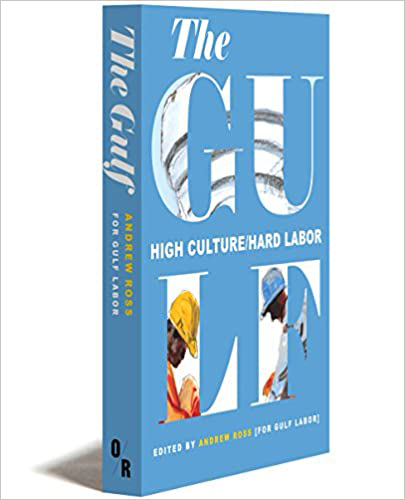“The groups’ action has been carefully organized, effectively executed and persistent, as any protest that’s going to work must be.” — Holland Cotter, art critic, The New York Times
On Saadiyat Island, just off the coast of Abu Dhabi, branches of iconic cultural institutions, including the Louvre, the Guggenheim, the British Museum and New York University, are taking shape to the designs of architects such as Frank Gehry, Jean Nouvel, Zaha Hadid, and Norman Foster. In this way, the United Arab Emirates (UAE) seeks to burnish its reputation as a sophisticated destination for wealthy visitors and residents.
Beneath the glossy veneer of the Saadiyat real estate plan, however, lies a tawdry reality. Those laboring on the construction sites are migrant workers who arrive from poor countries heavily indebted as a result of recruitment and transit fees. Once in the UAE the sponsoring employer takes their passports, houses them in sub-standard labor camps, pays much less than they were promised, and enforces a punishing work regimen. If they protest publicly, they risk arrest, beatings, and deportation.
For five years, the Gulf Labor Coalition, a cosmopolitan group of artists and writers, has been pressuring Saadiyat’s Western cultural brands to ensure worker protections. Gulf Labor has coordinated a boycott of the Guggenheim Abu Dhabi and pioneered innovative direct action that has involved several spectacular museum occupations. As part of a year-long initiative, an array of artists, writers, and activists submitted a work, a text, or an action. Contextualized by essays that trace how Gulf Labor has evolved, their contributions are reproduced in this book. The result is a compelling chronicle of a campaign at the forefront of a new wave of world-wide cultural activism.

